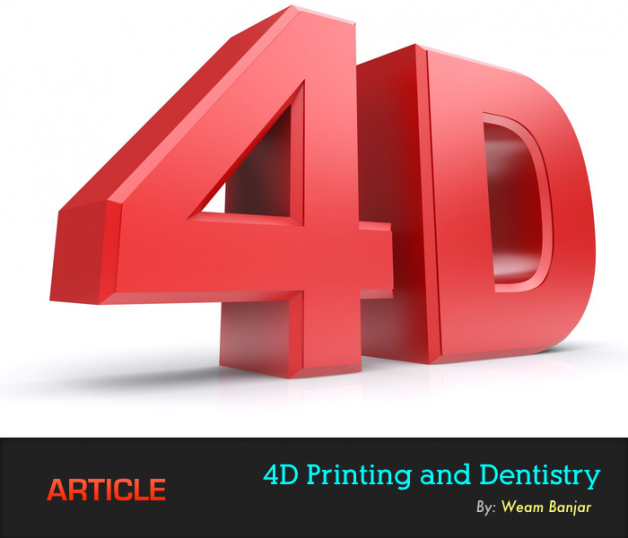
Restorative/ prosthetic treatment planning is a complex task, where several biological, physical, chemical, and financial factors interact. Dentists understand that despite the restoration quality, they have to face the challenge of restoration failure, post-operative sensitivity, and possible lack of patients’ compliance. In addition to the material physical and chemical characteristics, the dynamic nature of the oral cavity presents another challenge.
Where replacement of lost tooth structure or missing tooth is challenging, failed restoration is more challenging. The risk to remove extra-tooth structure and pulp exposure is one factor to consider. Other factors include the amount of remaining tooth structure, biological width, need for surgical tissue preparation, status of oral hygiene, occlusion, and patient’s financial status. Fixing failed restoration may cause more damage to the oral tissue and to the tooth itself. Sometimes, extraction is the only choice left, replacement with fixed or removable prosthesis or even implant is another dilemma. Even prosthesis and implants may fail. Complex cases treatment planning is often more challenging.
4-D printing may change the practice of restorative dentistry. The concept of 4-D printing relies on the ability of printed material to adjust itself under any circumstances without human control. It may sound off-track. Yet, Skylar Tibbits has already developed the model and predicted that 4-D printing is going soon to replace 3-D printing. If so, restorative dentistry is awaiting a revolution in techniques and materials. 4-D printed dental materials should be able to adjust itself, fix failed parts, and compensate lost tooth structure. However, 4-D printed dental materials may not totally eliminate the need for human control. The oral environment is dynamic yet the 4-D printed materials are but with limited capacity.
The emerging 4-D printing techniques awakens concerns that were once associated with 3-D digital impression CAD/CAM technique. Shipping and handling, cost, and technique sensitivity are three main factors that limited the wide use of CAD/CAM technology. Yet, 4-D printing may differ from CAD/CAM that dentist has a full control over the material during the initial phase of restoration. However, the long-term performance of the 4-D printed materials is yet unclear. A collaborative activity between material scientists and dentists is essential to ensure maximum efficacy.
Written by:
Weam Banjar; BDS., MSc. Clinical Research


